Customer interaction has replaced traditional marketing as the heartbeat of successful firms in the digital age. Establishing connections is an art that can turn casual customers into loyal brand champions. This informative post covers consumer involvement in several ways. Learn the tricks that companies, particularly smart platforms like Plerdy, are using to convert casual browsers into devoted buyers. Improved user experience and conversion rates show Plerdy’s customer engagement effectiveness. We’ll show you how to strengthen client interactions in this digital age.

Understanding Customer Engagement
Customer engagement is a pivotal concept in today’s business landscape, integral to building lasting relationships and driving brand loyalty. It transcends mere transactions, embedding a business in the fabric of its customers’ daily lives. This section delves into the essence of customer engagement and its far-reaching implications.
- Definition: At its foundation, customer engagement is an emotional connection to a brand. It’s about more than just a purchase; it involves active participation and interaction, often facilitated through various channels like social media, email, and in-person experiences. This interaction is not just a one-time event but a continuous dialogue that nurtures a deeper bond between the customer and the brand.
- Significance: The significance of customer engagement can’t be overstated. Engaged customers buy again, promote brands, and are less price sensitive. They often exhibit higher lifetime value and can be instrumental in organic growth through word-of-mouth. Essentially, a business with a robust customer engagement strategy is likely to see increased loyalty, improved customer satisfaction, and enhanced brand perception.
Customer engagement is about understanding and responding to the needs and desires of customers. Making each consumer feel valued and understood is a key part of generating experiences that touch on a personal level. Data and insights allow organizations to personalize these experiences, increasing engagement.
Key Elements of Successful Customer Engagement:
- Personalization: Tailoring experiences to individual customer needs and preferences.
- Consistency: Ensuring a seamless experience across all touchpoints.
- Value Addition: Providing meaningful content and experiences that go beyond the basic offering.
- Interactive Communication: Fostering two-way communication channels for feedback and engagement.
Customer engagement is not just a marketing strategy but a holistic approach to business. It’s about creating a culture that values customer interaction at every level of the organization. When companies value and acknowledge customer engagement, they may cultivate a loyal customer base that expands alongside them. This dynamic interaction is the cornerstone of modern business success, making customer engagement an indispensable part of any successful business strategy.
The Role of Personalization in Customer Engagement
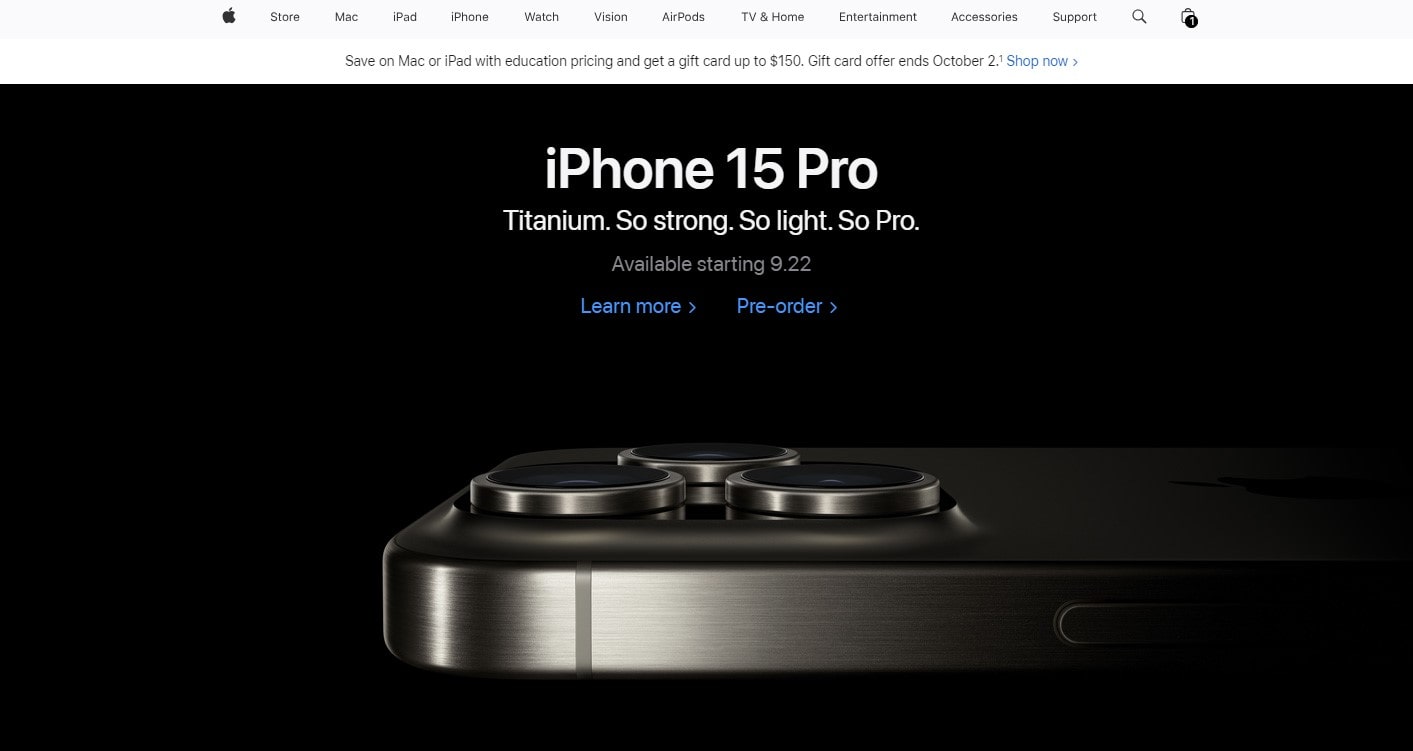
In the realm of customer engagement, personalization stands out as a key driver, elevating the standard of customer interactions to new heights. It’s not just about addressing a customer by name; it’s about curating experiences that resonate on an individual level, making each customer feel uniquely valued.
- Benefits of Personalization: Personalization in customer engagement is a game-changer. It leads to higher engagement rates, increased customer loyalty, and better conversion rates. When customers receive content and offers tailored to their preferences and behaviors, they’re more likely to engage and convert. Personalization makes customers feel understood and valued, fostering a deeper connection with the brand.
- Examples of Personalized Engagement: Envision receiving a recommendation for a product that seems meticulously chosen for you, or getting a special birthday offer. These instances exemplify personalization in action. Companies like Amazon and Netflix are pioneers in this arena. They utilize customer data to suggest products or content based on historical behaviors, curating a highly individualized experience that keeps customers returning.
For instance, Spotify’s “Discover Weekly” playlist, which offers a custom mix of music based on a user’s listening history, exemplifies personalized engagement. Another example is Starbucks’ mobile app, which suggests drinks and food items based on past orders, and allows customers to customize their orders down to the finest detail.
Additionally, personalized email campaigns, like those from clothing retailers who suggest items based on past purchases and browsing history, demonstrate the effectiveness of tailored communication in fostering customer loyalty and increasing sales.
Personalization is an indispensable element in today’s competitive market. Brands leveraging personalization in their customer engagement strategies witness significant benefits in customer satisfaction, loyalty, and overall business performance. Personalization is the crucial link connecting a brand to its customers in a meaningful and enduring manner.
Key Points for Effective Personalization:
- Understand customer preferences through data analysis.
- Tailor communications to individual customer needs.
- Use personalized recommendations to enhance customer experience.
Omnichannel Strategies for Enhanced Engagement
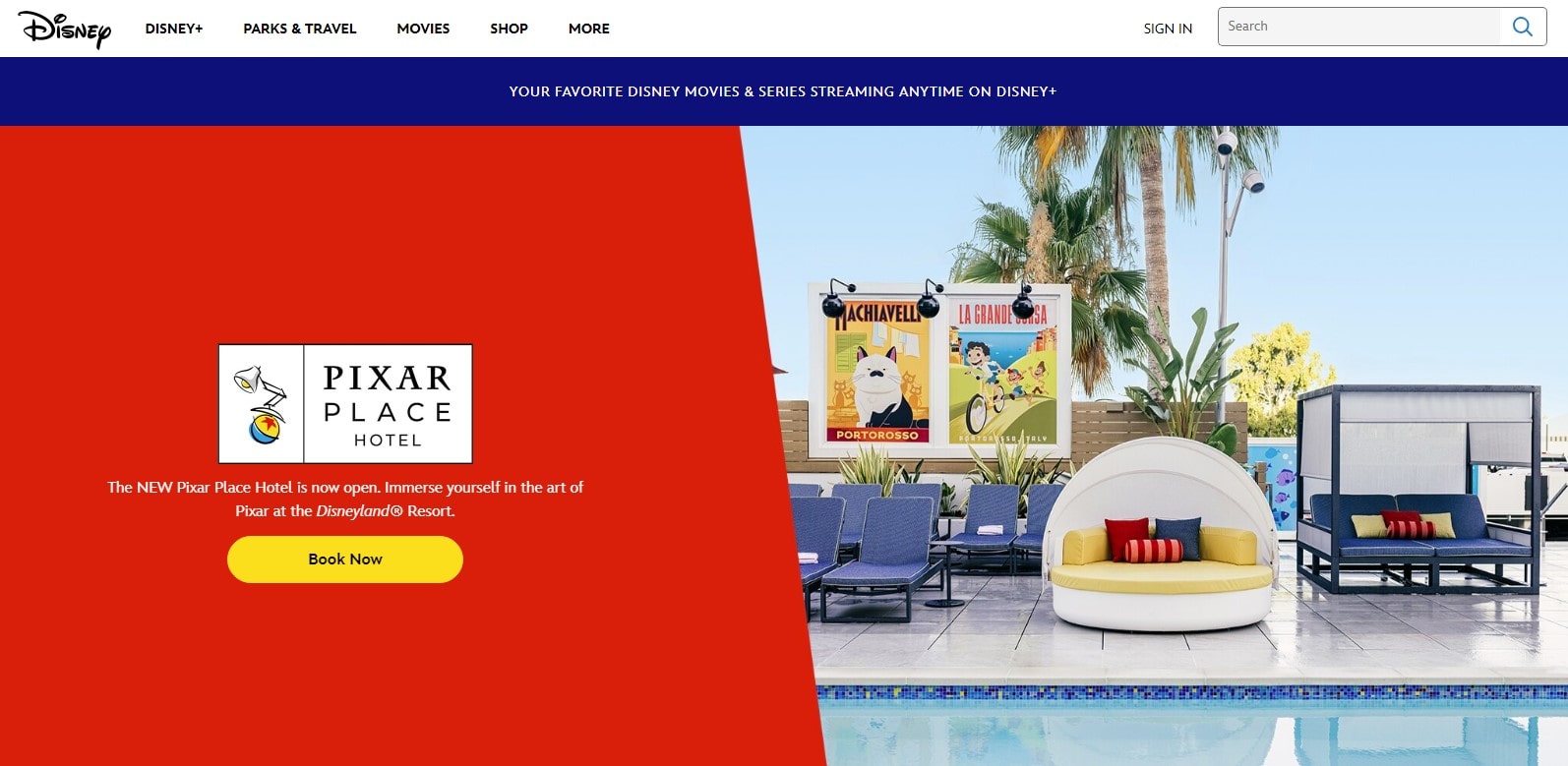
Omnichannel strategies are revolutionizing the way businesses interact with their customers. By integrating multiple channels — online, offline, and social media — these strategies ensure a consistent and seamless customer experience, crucial in today’s interconnected digital landscape.
- Importance of Omnichannel Approach: At the heart of an omnichannel strategy is its capacity to provide a uniform experience across all platforms. Customers connect with brands through several touchpoints, thus a holistic strategy ensures a smooth journey. This consistency is pivotal, as it elevates customer engagement, fortifies trust, and bolsters loyalty.
- Successful Omnichannel Examples: Several leading brands demonstrate the efficacy of omnichannel strategies. Disney’s approach seamlessly integrates their mobile app, theme parks, and online experiences. Visitors can plan their trip using the mobile app, utilize it as a guide within the parks, and engage with the brand online post-visit. This integration enhances the overall experience and strengthens brand loyalty.
Another notable example is Starbucks. They have harmonized their mobile app, rewards program, and in-store experience. Customers can order, pay, and earn rewards across different platforms seamlessly. This integration has not only streamlined the buying process but also increased customer retention and loyalty.
Similarly, Sephora’s omnichannel strategy combines in-store experiences with digital innovation. Their app allows customers to try products virtually and make informed decisions. This blend of digital and physical touchpoints has significantly improved customer satisfaction and engagement.
- Impact of Omnichannel Strategies: The impact of these strategies extends beyond customer satisfaction. They help organizations collect data across touchpoints to understand customer behavior and preferences. This data is invaluable for personalizing experiences, predicting trends, and tailoring marketing efforts to individual needs.
Omnichannel strategies also empower businesses to respond swiftly and effectively to customer inquiries and complaints. This responsiveness is key to building trust and maintaining a positive brand image.
Omnichannel strategies are useful and necessary for digital-era organizations. The strategy matches modern consumers’ changing expectations. Brands that implement and execute an omnichannel strategy will strengthen customer relationships, leading to improved loyalty and business success.
Key Points for Effective Omnichannel Engagement:
- Prioritize consistency and integration across all platforms.
- Utilize customer data for personalized, cross-channel experiences.
- Leverage technology to streamline and enhance customer interactions.
Leveraging Technology for Customer Engagement
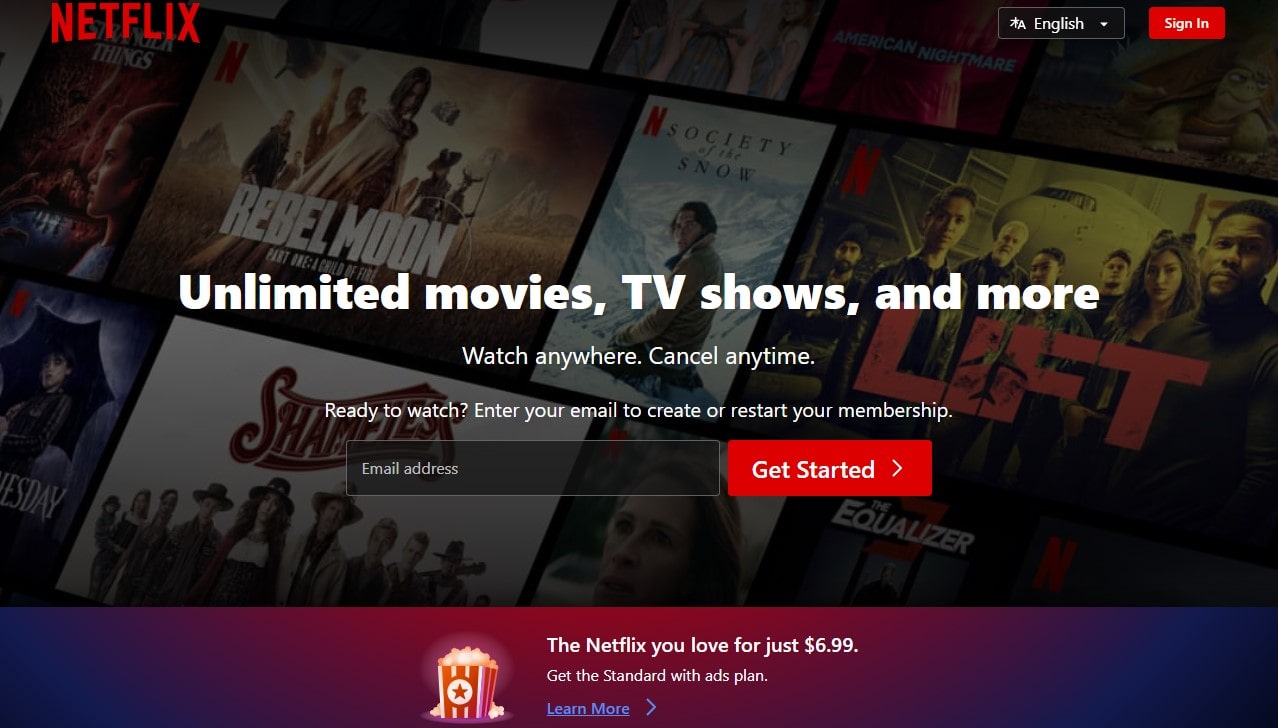
In today’s fast-paced digital environment, leveraging technology is pivotal in creating and sustaining customer engagement. Technology not only streamlines interactions but also personalizes and enriches the customer experience. This strategic integration is transforming the landscape of customer relations.
- Technology in Engagement: The way companies engage with their customers is being transformed by the integration of technology such as artificial intelligence, chatbots, and data analytics. AI and machine learning are crucial for analyzing large data sets, uncovering customer preferences, and behavior patterns. This vital insight enables experience customisation and anticipatory service.
Chatbots, empowered by AI, offer round-the-clock customer support. They handle inquiries and provide assistance, offering immediate responses and allowing human agents to tackle more complex issues. This approach enhances customer satisfaction and operational efficiency.
- Impactful Tech Examples: The revolutionary potential of technology in interacting with customers is demonstrated across numerous industries. Amazon’s personalized product recommendations via AI have redefined online shopping experiences. Netflix’s content suggestion algorithm, based on user viewing habits, has significantly boosted engagement and subscriber loyalty.
Retailers like IKEA employ AR to let customers visualize products in their own space, seamlessly blending digital and physical shopping experiences. In the fashion industry, AI is used for size recommendations, reducing returns and increasing customer satisfaction.
Social media platforms leverage algorithms for content curation based on user interactions, making each user’s feed unique and engaging. Companies like Spotify and Pandora use similar technology for music recommendations, keeping users engaged and subscribed.
Financial services have also embraced technology, with banks using chatbots for customer queries and mobile apps for personalized financial advice. This tech-forward approach enhances customer trust and loyalty.
- Innovative Tech in Customer Service: Beyond retail and entertainment, technology plays a crucial role in customer service across various sectors. Airlines use chatbots for ticket booking and customer queries, making the process more efficient. Healthcare providers are using telemedicine platforms to offer virtual consultations, increasing accessibility and convenience.
In the automotive sector, companies use telematics to provide customers with real-time information about their vehicle’s performance and maintenance needs, enhancing the ownership experience.
To succeed in today’s competitive business world, client engagement strategies that use technology are not just beneficial, but critical. It allows for the creation of personalized, efficient, and memorable customer experiences. Innovative engagement tactics emerge as technology advances. Embracing these technologies and adapting to their evolving nature is crucial for businesses aiming to stay relevant and competitive.
Key Points for Effective Use of Technology in Customer Engagement:
- Embrace AI and machine learning for personalized customer experiences.
- Utilize chatbots for efficient, 24/7 customer service.
- Explore VR and AR for immersive, interactive customer experiences.
- Leverage technology for personalized service in various industries, including healthcare, finance, and automotive.
- Utilize social media and content platform algorithms for personalized engagement.
Customer Engagement through Content and Social Media
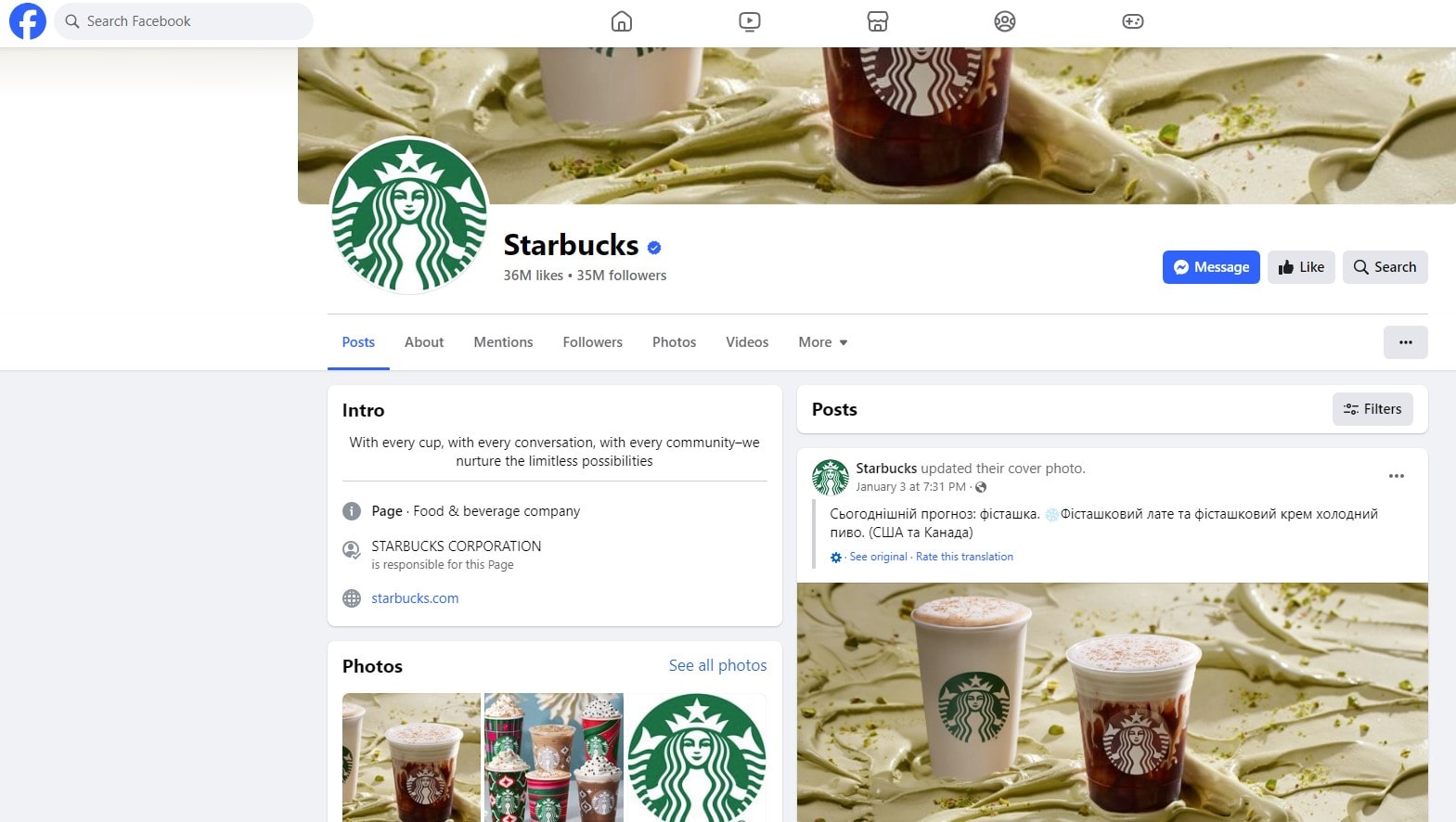
Digital marketing relies on content and social media to engage customers. This dynamic duo serves as a crucial platform for businesses to connect, interact, and build lasting relationships with their audience.
- Content Marketing for Engagement: Effective content marketing transcends traditional advertising; it’s about crafting compelling, informative, and entertaining narratives. This approach can encompass various forms – from insightful blog posts, engaging videos, informative podcasts, to interactive webinars and infographics. A health and wellness brand may write blog entries about healthy living, or a tech company may make explainer movies promoting its latest products. These content pieces not only provide value to the audience but also position the brand as a thought leader in its niche.
Storytelling is key to content marketing. By sharing brand stories, customer testimonials, or employee experiences, companies can create a relatable and trustworthy image. Take, for example, GoPro. Their user-generated content strategy encourages customers to share their adventurous experiences captured on GoPro cameras, effectively showcasing the product’s capabilities while engaging their community.
- Social Media Strategies: Social media is a versatile tool for customer engagement, each platform offering unique opportunities to connect with different audience segments. Instagram’s visually rich platform is ideal for brands with strong visual content, like fashion or travel, whereas LinkedIn’s professional network suits B2B companies for sharing industry insights and company news.
Engaging with the audience on social media isn’t just about content dissemination; it’s about fostering a two-way conversation. Brands like Nike excel at this, using platforms like Twitter and Instagram to engage in real-time discussions, launch new products, and even address customer service inquiries. Their approach makes the brand accessible and responsive to their customers.
Another example is Starbucks’ #WhiteCupContest on Instagram, where customers were invited to doodle on their Starbucks cups and share the images. This campaign not only drove engagement but also created a plethora of user-generated content.
Leveraging content and social media for customer engagement is about creating valuable, relatable, and interactive experiences. Brands that excel in this realm are those that understand the power of storytelling, the nuances of different social media platforms, and the importance of two-way communication. Content and social media may generate client loyalty with the appropriate strategy.
Key Points for Effective Content and Social Media Engagement:
- Develop diverse, engaging content tailored to your audience’s interests.
- Utilize storytelling to foster a deeper connection with your brand.
- Leverage each social media platform’s unique strengths for targeted engagement.
- Encourage user interaction and community building through interactive campaigns.
- Stay authentic and responsive, fostering a genuine connection with your audience.
Measuring and Analyzing Customer Engagement
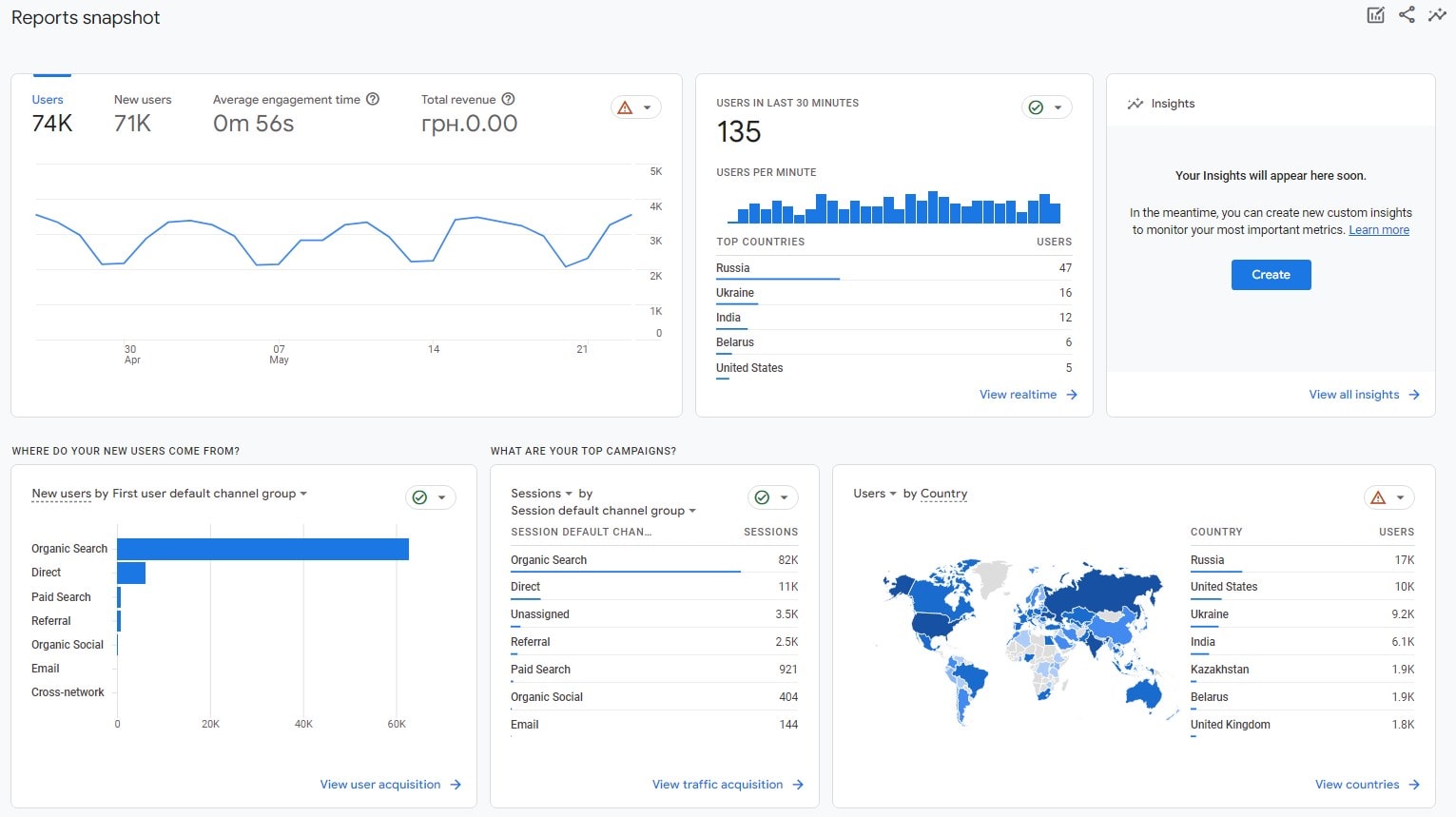
Understanding and improving customer engagement is a critical aspect of modern business strategy. It’s essential to measure and analyze engagement to determine the effectiveness of your approaches and identify areas for improvement.
- Metrics for Measuring Engagement: Visitor numbers, interaction on social media (likes, shares, comments), email open and clickthrough rates, and feedback from customers are important measures of consumer engagement. For instance, a high number of page views or social media interactions indicates engaging content. Similarly, email marketing metrics can offer insights into how well your messages resonate with your audience.
Analyzing these metrics provides a quantitative basis for understanding customer behavior. Tools like Google Analytics for website traffic, social media analytics for engagement on platforms, and email marketing software for tracking email performance are essential in this process.
- Analyzing Customer Feedback: Beyond quantitative data, qualitative feedback from customers is invaluable. Surveys, reviews, and direct customer feedback provide insights into customer satisfaction and areas that need attention. This feedback should be regularly analyzed to understand customer sentiment and preferences.
- Customer Engagement Analysis in Practice: Companies like Netflix and Amazon excel in analyzing customer engagement. They track user behavior to recommend personalized content, leading to increased viewer engagement and satisfaction. Similarly, e-commerce platforms analyze customer browsing and purchasing patterns to optimize the shopping experience.
Businesses can’t learn about their target demographic, hone their marketing tactics, or improve the customer service they provide without measuring and evaluating consumer involvement. Utilizing the right tools and approaches for this analysis ensures that businesses stay aligned with their customers’ evolving needs and preferences.
Key Points for Effective Measurement and Analysis of Customer Engagement:
- Keep an eye on important indications like email open rates, social media engagement, and website traffic on a regular basis.
- Utilize analytical tools for accurate data gathering and interpretation.
- Value qualitative feedback from customers as much as quantitative data.
- Regularly update your analysis methods to stay relevant with changing customer behaviors and preferences.
FAQs on Customer Engagement
- What is Customer Engagement?
- In order to establish a lasting relationship with its clients, businesses engage with them at every touchpoint. It includes methods like personalized communication, responsive customer service, and interactive content.
- Why is Customer Engagement Important?
- In order to boost revenue, customer retention, and brand loyalty, customer engagement is key. It helps in understanding customer needs better and improves their overall experience with your brand.
- How Can I Measure Customer Engagement?
- Customer engagement can be measured using various metrics such as website traffic, social media engagement (likes, comments, shares), email open and click-through rates, and customer feedback surveys.
- What Role Does Social Media Play in Customer Engagement?
- Social media is a key platform for customer engagement, offering direct communication channels with customers. It allows businesses to share content, respond to queries, and foster a community around their brand.
- Can Small Businesses Benefit from Customer Engagement Strategies?
- Sure thing! All companies, no matter how big or little, need to engage their customers. Personalized engagement techniques may help any business, but especially small ones, stand out from the competition and grow a devoted customer base.
- How Often Should I Engage with My Customers?
- The frequency of engagement depends on your business type and customer preferences. Regular, but not overwhelming, engagement is key. Pay attention to customer feedback to adjust the frequency and type of engagement.
Conclusion: The Future of Customer Engagement
As we look towards the future, customer engagement is poised to evolve further, driven by technological advancements and changing consumer behaviors. The integration of AI, AR/VR, and personalized experiences will continue to redefine how businesses interact with their audience.
Being ahead of the curve in this dynamic environment calls for quick thinking and an in-depth familiarity with new trends. With AI playing a key role in offering individualized experiences, customization is going to be even more of a focus in the future. Businesses will be able to anticipate and proactively meet client wants thanks to increasingly sophisticated data analytics.
Social media and content marketing will evolve, with an increased focus on interactive and immersive experiences. Platforms may change, but the need for meaningful, two-way communication will remain constant. Adaptable businesses who keep innovating their engagement methods will be the ones to succeed in this changing market.
For more insights into the future of customer engagement and how to stay ahead in this dynamic field, explore other articles on Plerdy’s blog. Discover how cutting-edge tools and strategies can elevate your business’s customer engagement efforts. Remember, Plerdy is more than just a tool; it’s a pathway to understanding and enhancing your customer interactions in this ever-evolving digital age.
Stay informed, stay ahead, and transform your customer engagement with Plerdy.
